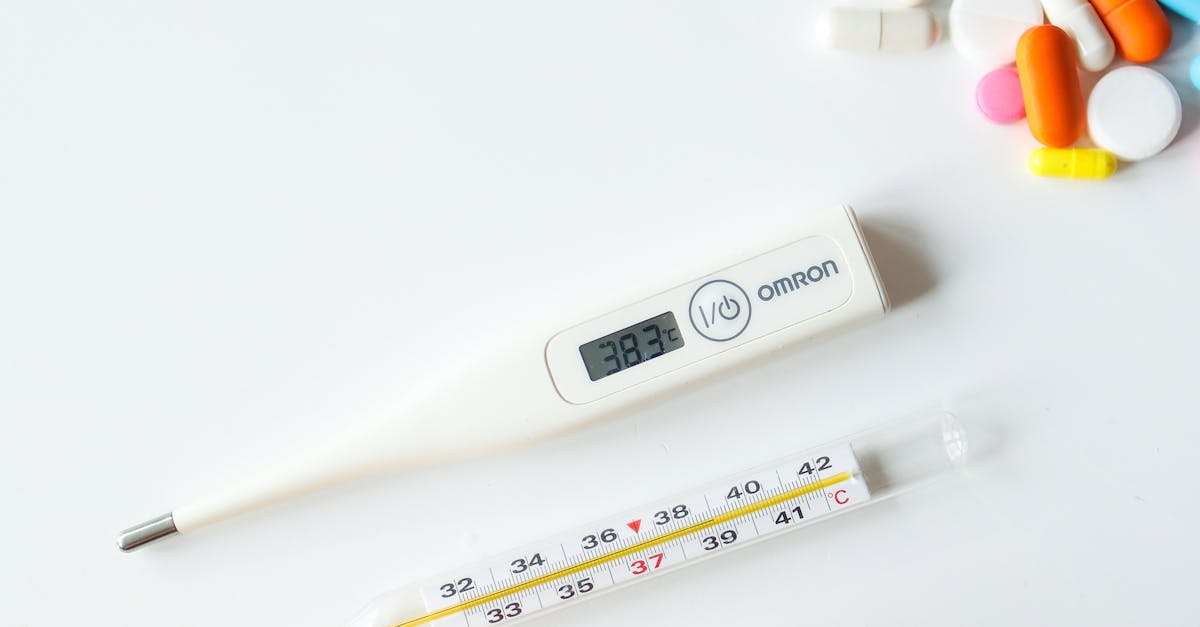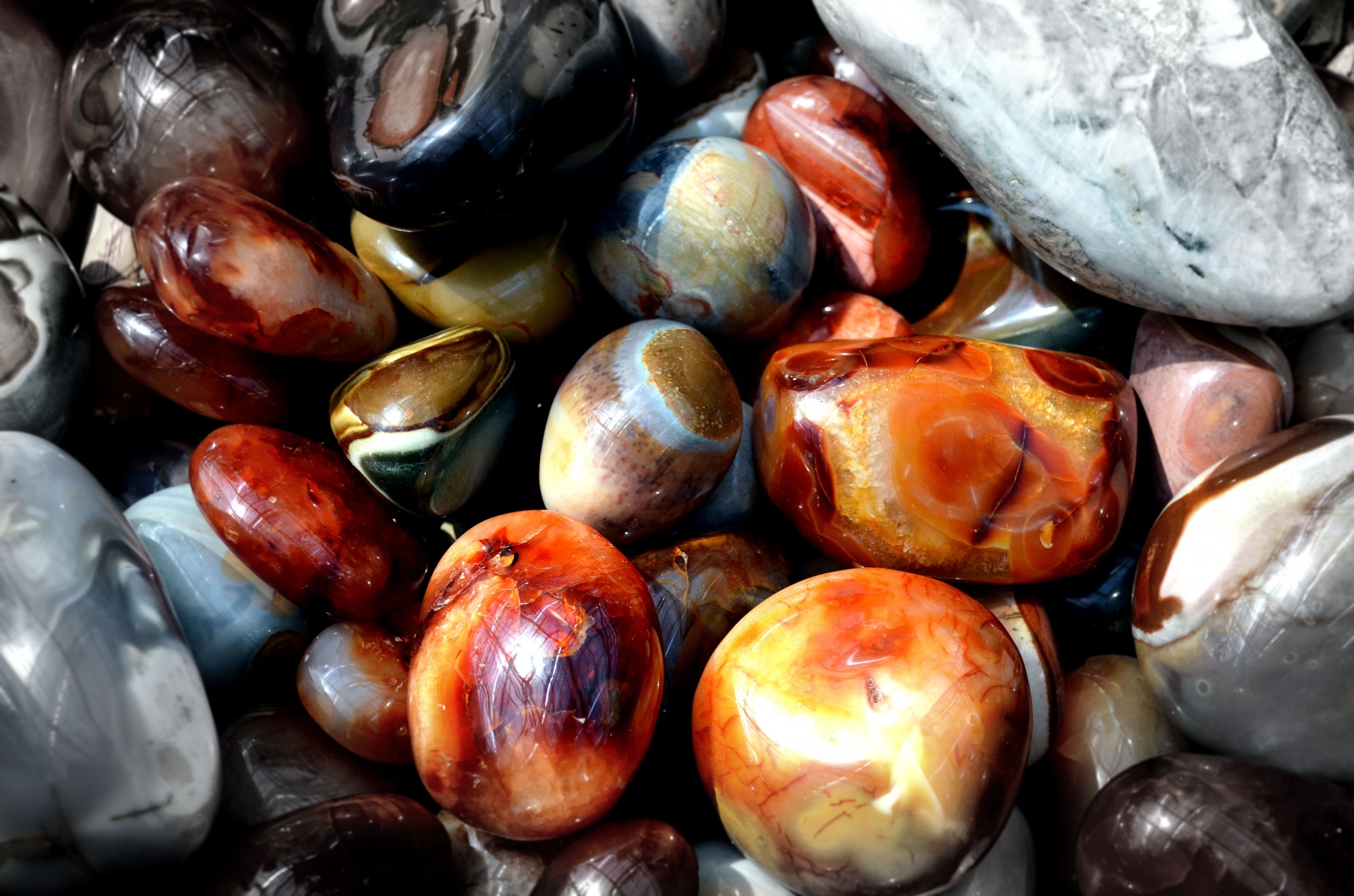Ever wondered if your food thermometer is giving you accurate readings? Ensuring your thermometer is properly calibrated can make all the difference between a perfectly cooked meal and a culinary disaster. Whether you’re an amateur cook or a seasoned chef, knowing how to calibrate your food thermometer is a must for maintaining food safety and achieving the best results in your kitchen.
Importance of Calibrating Food Thermometers
Calibrating your food thermometer is essential for both cooking and safety. Accurate temperature readings make all the difference.
Why Accuracy Matters in Cooking
Accurate temperatures ensure your dishes are cooked to perfection. Overcooked or undercooked meals result when the thermometer misreads. For example, a steak cooked to 140°F (medium-rare) needs a calibrated thermometer to hit the right mark. Professional chefs rely on precise readings to achieve consistent results.

Safety Concerns Related to Incorrect Temperatures
Incorrect temperatures jeopardize food safety. Pathogens in food can’t be killed at low temperatures. For instance, poultry should reach 165°F to ensure bacteria, like Salmonella, are eliminated. A miscalibrated thermometer risks undercooking, leading to foodborne illnesses. Keeping your thermometer calibrated helps prevent these dangers and ensures you serve safe meals to your family and guests.
Types of Food Thermometers
Calibrating different food thermometers ensures accurate cooking.
Digital Thermometers
Digital thermometers provide quick readings. They’re easy to use and read. Advanced models offer additional features like timers and alarms. To calibrate, place the probe in ice water, then adjust according to manual instructions.
Dial Thermometers
Dial thermometers use a bimetallic strip to measure temperature. They tend to be slower but are durable and don’t need batteries. Calibrate by placing in ice water, then adjust the nut under the dial to get an accurate reading.
Methods for Calibrating Food Thermometers
Accurate food thermometers ensure perfectly cooked meals. Let’s explore two common calibration methods.
Ice Water Method
Fill a glass with ice, then add cold water until full. Stir the water and let it sit for three minutes. Insert the thermometer stem at least two inches into the ice water. Ensure the thermometer doesn’t touch the glass sides or bottom. The thermometer should read 32°F (0°C). If it doesn’t, adjust the thermometer to the correct temperature following its manual.
Boiling Water Method
Boil a pot of water. Once it reaches a rolling boil, insert the thermometer stem at least two inches into the water. Keep the thermometer from touching the pot sides or bottom. The thermometer should read 212°F (100°C) at sea level. Reference an altitude boiling point chart if you’re at a higher elevation. Adjust the thermometer if it doesn’t display the correct reading.
Troubleshooting Common Issues
When calibrating your food thermometer, you might face several issues. Here’s how to handle the most common ones effectively.
Readjusting After Failed Calibration
If attempts to calibrate using ice/boiling water methods fail, you need to readjust the thermometer. Check for any visible damage first. Verify that the thermometer is fully submerged but not touching container sides. Repeat the process, ensuring the thermometer rests in ice water or boiling water for at least 30 seconds. If it still gives inaccurate readings, it might need further adjustment or repair.
When to Replace Your Thermometer
It’s time to replace your thermometer when it consistently fails to calibrate. Cracks or leaks indicate damage. If readings never stabilize or vary significantly, replace it. Digital thermometers can have battery issues but should work well once replaced. Dial thermometers with bent probes or obscured dials need replacing. Always ensure your thermometer’s accuracy for safe cooking.
Conclusion
Keeping your food thermometer calibrated is essential for both delicious meals and food safety. Whether you’re using a digital or dial thermometer regular checks and adjustments will ensure you’re always getting accurate readings. By following the simple steps and methods outlined you can easily maintain your thermometer’s precision. Remember a reliable thermometer is a key tool in your kitchen arsenal helping you cook with confidence and keep your loved ones safe from foodborne illnesses. Happy cooking!









